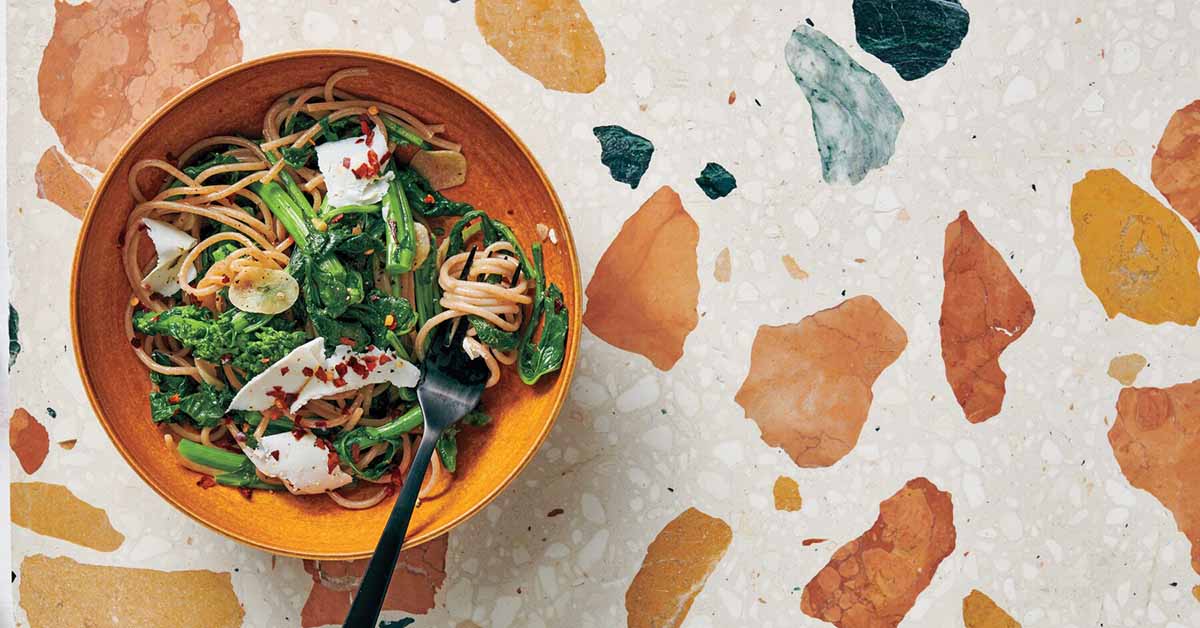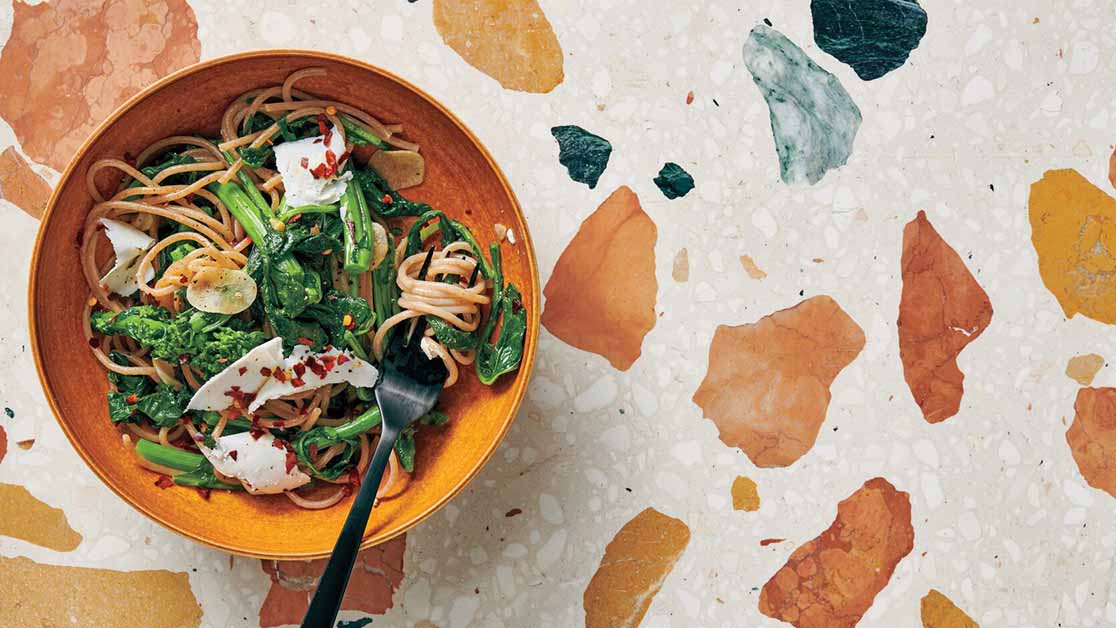Exploring alternative noodles


Are you feeling overwhelmed by the growing number of alternative noodle options? Whether your choices are based on getting more bang for your buck in nutrients or they’re motivated by culinary curiosity, this article introduces four types of pasta for every taste and nutritional goal.
Shirataki noodles
Shirataki noodles, also called konjac or miracle noodles, are a type of Japanese noodle made from konjac yams. Traditionally used in Asian cooking, shirataki noodles have recently gained popularity in North America thanks to an almost non-existent carbohydrate and caloric content. Shirataki noodles are typically sold “wet” or fresh, packaged in plastic and covered in a light brine-like liquid. Shirataki noodles have an infamous fishy odour which can be lessened by giving the noodles a thorough rinse under cold water. Fans of these noodles swear by dry roasting the noodles in an oiled or non-oiled wok or frying pan before using. This step removes every last drop of moisture which gives the noodles a springy, al dente-like texture.
Try shirataki noodles at home: Shirataki noodles taste best when added to stir fries, Asian-style soups and curry dishes — dry roast first for best flavour and texture. Avoid using shirataki noodles in traditional Italian-style pasta recipes.
Red lentil pasta
With more than 12 grams of protein per serving (at least double the amount found in regular wheat pasta), gluten-free red lentil pasta is an especially satiating and delicious addition to any well-stocked pantry. What makes this type of pasta so satisfying in particular? Because red lentil pasta is high in protein and a good source of dietary fibre, it takes longer for your body to digest, leaving you with sustained energy levels long after you’ve eaten. When shopping for red lentil pasta, look for brands that list only a single ingredient — red lentil flour — on the back of the box.
Try red lentil pasta at home: Red lentil noodles are denser than other types of pasta and pair well with heartier sauces made from ingredients such as braised meat or roasted nightshade vegetables (think tomatoes, bell peppers, and eggplants.)
Corn pasta
Pasta made from corn flour is mildly sweet, adding a pleasantly sunny hue to any plate. Corn pasta has a somewhat gritty texture compared to other noodles, but contains an impressive amount of dietary fibre that will keep you feeling full for a longer amount of time. As with other types of gluten-free noodles, plenty of boiling water, lots of stirring and frequent tasting will prevent corn pasta from sticking together and developing a mushy texture.
Try corn pasta at home: Corn pasta is a natural pairing for light stock- or white wine-based sauces. Its sweet flavour pairs well with spring vegetables such as sweet peas, asparagus, radishes and baby arugula.
Spelt pasta
Made from spelt, a type of grain that has been cultivated by humans for thousands of years, this high-protein pasta (a single serving contains roughly 10 grams) has a nutty flavour and a dense texture similar to that of whole wheat pasta. It should be noted that although spelt and wheat are distinct from one another, spelt contains small amounts of gluten and should therefore be avoided by anyone with celiac disease. Unlike whole wheat pasta, spelt noodles have a smooth, non-gritty texture and have a shorter cook time.
Try spelt pasta at home: Spelt pasta tastes best with deeply savoury flavours such as those found in a slow-simmered ragù or bolognese sauce. Nutty cheeses, such as Parmigiano Reggiano, cave aged Gruyere and Manchego, are a natural pairing for spelt pasta.
